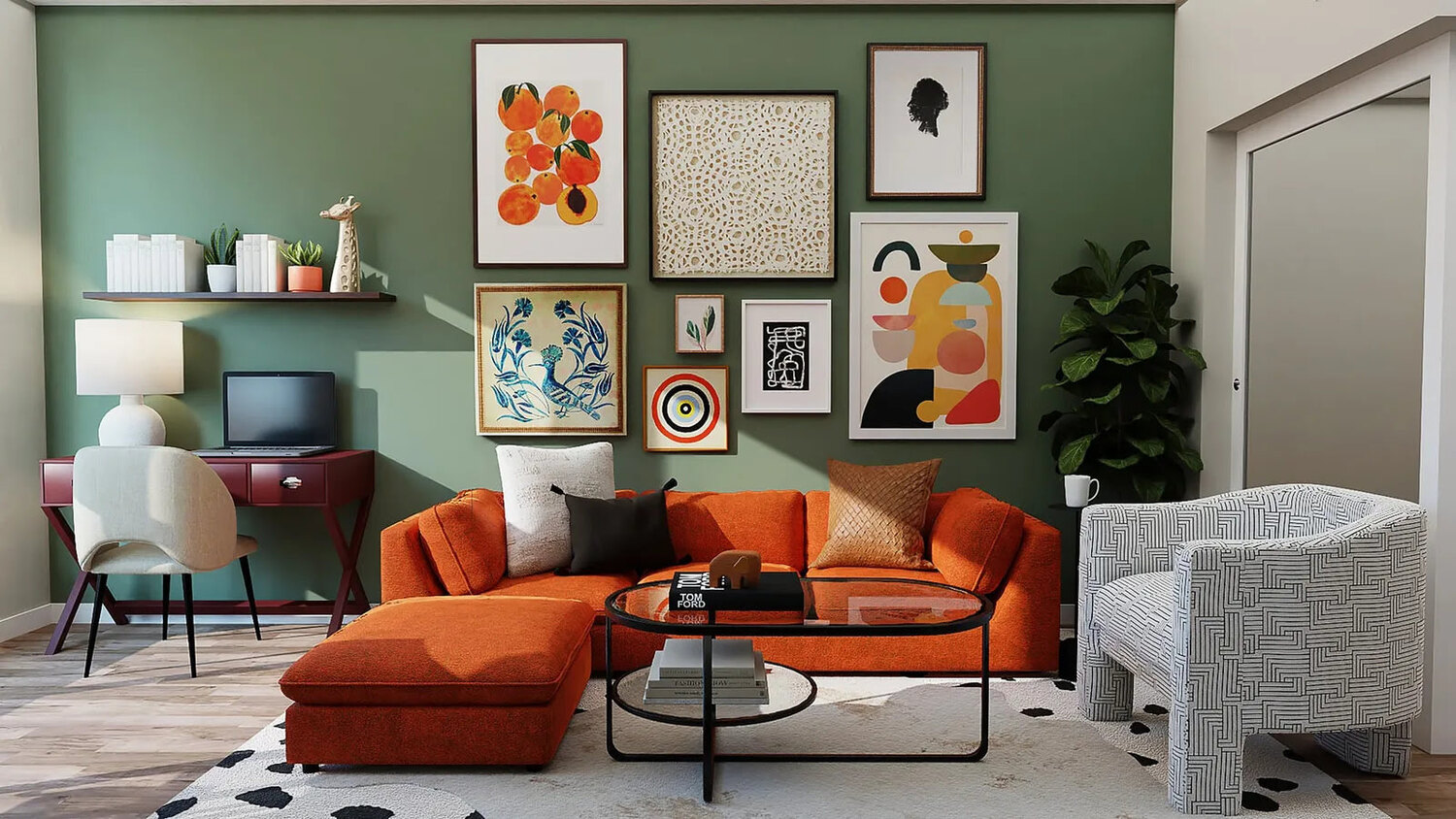

Articles
How To Choose A Color For Your Living Room
Modified: January 19, 2024
Looking for articles on how to choose a color for your living room? Discover expert tips and ideas to create the perfect ambiance for your space.
(Many of the links in this article redirect to a specific reviewed product. Your purchase of these products through affiliate links helps to generate commission for Storables.com, at no extra cost. Learn more)
Introduction
Welcome to the world of color where the perfect hue can transform your living room into a space that reflects your style and sets the desired mood. Choosing a color for your living room is an exciting endeavor, but it can also be a daunting task. With an infinite number of color options available, how do you make the right choice?
In this article, we will delve into the art of selecting the ideal color for your living room. We will explore how different colors can evoke various emotions and create different atmospheres. We will also discuss the importance of considering factors such as lighting, room size, existing furniture, and overall design when making your decision.
By the end of this article, you will have the knowledge and confidence to choose a color that not only suits your personal taste but also enhances the beauty and functionality of your living space.
Key Takeaways:
- Understand the psychological impact of colors to create the desired mood in your living room. Consider lighting, room size, existing decor, and personal style to make an informed and inspired color choice.
- Utilize accent colors, patterns, and textures to add depth, interest, and personality to your living room design. Create a harmonious color scheme that reflects your style and evokes the desired atmosphere.
Understanding the Impact of Colors on Mood and Atmosphere
Colors have a profound impact on our emotions and can greatly influence the atmosphere of a room. It’s important to understand the psychological effects that different colors can have before choosing a color for your living room.
Let’s start with neutrals. Shades of white, beige, and gray are versatile and timeless. Neutrals create a calming and serene atmosphere, making them a popular choice for living rooms. They are also great for showcasing artwork or other colorful decor pieces.
Warm tones such as red, orange, and yellow can create a vibrant and energetic feel. These colors have been known to stimulate conversation and add a playful touch to a room. However, it’s crucial to use warm tones sparingly as they can be overwhelming if used excessively.
On the other hand, cool tones like blue, green, and purple have a calming effect and can make a room feel more spacious. These colors are ideal for creating a serene and relaxing ambiance. They work well in living rooms that are meant to serve as a haven for relaxation and rejuvenation.
It’s essential to consider the purpose of your living room and the mood you want to set. Do you want it to be a cozy space for socializing and entertaining? Or do you prefer a tranquil retreat for unwinding after a long day?
By understanding the impact that different colors have on mood and atmosphere, you can choose a color that aligns with your desired living room experience.
Assessing Your Living Room’s Lighting
Before selecting a color for your living room, it’s crucial to assess the lighting in the space. Lighting plays a significant role in how colors appear and can greatly influence the overall atmosphere of the room.
Start by considering the natural light sources in your living room. Is it flooded with sunlight during the day, or does it receive minimal natural light? Natural light can enhance the vibrancy and true color of a room, while dim or artificial lighting may alter the way colors are perceived.
If your living room lacks natural light, you might want to consider using lighter colors to create a brighter and more inviting space. Lighter shades reflect light, making the room feel more open and airy. On the other hand, if your living room receives ample sunlight, you can experiment with darker or bolder colors to add depth and drama.
In addition to natural light, it’s essential to consider the placement and type of artificial lighting in your living room. Different types of lighting, such as overhead lights, table lamps, and floor lamps, can create different moods and cast varying colors onto the walls.
Take note of how the lighting interacts with the current colors in your living room. Does it cast any unwanted shadows or create washed-out areas? By observing how lighting affects the colors in your space, you can make more informed decisions when choosing a color that complements the room’s lighting conditions.
Ultimately, finding the right color for your living room involves considering both natural and artificial lighting. By assessing the lighting in your space, you can select a color that maximizes its potential and creates an inviting and visually appealing atmosphere.
Determining the Size and Layout of Your Living Room
When choosing a color for your living room, it’s essential to consider the size and layout of the space. The color you choose can greatly impact the perceived size and visual flow of the room.
If you have a small living room, you may want to opt for lighter shades. Light colors, such as whites, pastels, and soft neutrals, can make a small space appear larger and more spacious. They reflect light and create an illusion of openness. Avoid using dark colors in a small living room as they can make the space feel more cramped and confined.
On the other hand, if you have a large living room, you have the freedom to experiment with both light and dark colors. Darker hues can add depth and create a cozy atmosphere in a larger space. Consider using rich jewel tones, deep blues, or warm earthy tones to make the room feel more intimate.
Another factor to consider is the layout of your living room. Are there any architectural features or focal points that you want to highlight or downplay? The color you choose can help draw attention to or distract from specific elements in the room.
If you want to emphasize a particular feature, such as a fireplace or a beautiful window, consider using a contrasting color to make it stand out. On the other hand, if you want to downplay any flaws, such as uneven walls or unattractive architectural elements, choose a color that is similar to or blends with those elements.
By taking the size and layout of your living room into account, you can choose a color that enhances the space, creates the desired visual impact, and makes the room feel harmonious and balanced.
Consider Your Existing Furniture and Decor
When choosing a color for your living room, it’s important to consider the existing furniture and decor in the space. The color should complement and harmonize with your current pieces to create a cohesive and visually appealing look.
Take a look at the predominant colors in your furniture and decor. Are they primarily neutral tones, bold and vibrant hues, or a mix of both? This will give you a starting point for selecting a color that will work well with your existing pieces.
If your furniture and decor feature neutral colors, such as beige, gray, or white, you have more flexibility when choosing a wall color. Neutral walls can serve as a blank canvas and allow your furniture and decor to take center stage. Consider adding interest and depth by incorporating different shades and textures within the neutral color family.
On the other hand, if your furniture and decor feature bold and vibrant colors, you may want to consider using a more subdued and complementary wall color. This will prevent the room from feeling overwhelming and give your furniture and decor a chance to shine. Look for colors that either enhance or provide a contrast to the existing color scheme.
Keep in mind that you don’t have to match the exact colors of your furniture and decor. Instead, aim for a color that coordinates well and creates a harmonious and balanced look. It’s also helpful to consider the style and theme of your furniture and decor. A modern and minimalist space may benefit from a monochromatic color scheme, while a bohemian-inspired room may embrace a mix of vibrant and eclectic colors.
By considering your existing furniture and decor, you can select a color that complements and enhances the overall aesthetic of your living room, creating a cohesive and inviting space.
Read more: How To Choose Rug Color For A Living Room
Exploring Different Color Families: Neutrals, Warm Tones, Cool Tones
As you embark on the journey of choosing a color for your living room, it’s beneficial to explore the various color families available. Each color family has its own unique characteristics and can evoke different emotions and moods in a space.
Let’s start with neutrals. Neutrals include shades of white, beige, gray, and brown. They provide a timeless and versatile palette that can suit a wide range of interior styles. Neutrals create a sense of calm and serenity, making them a popular choice for living rooms. They also serve as an excellent backdrop for showcasing artwork or other colorful decor items. Neutrals can be warm or cool in tone, so consider the overall mood you want to achieve in your living room when selecting a neutral shade.
Warm tones, such as red, orange, and yellow, add vibrancy and energy to a space. These colors are known to stimulate conversation and create a lively atmosphere. Warm tones can make a room feel cozy and inviting, perfect for a living room designed for socializing and entertaining. However, be cautious with the intensity and amount of warm colors you use, as they can become overwhelming if used excessively.
Cool tones, including blue, green, and purple, have a calming and soothing effect on a space. These colors can evoke a sense of tranquility and relaxation, making them ideal for living rooms intended for unwinding and rejuvenation. Cool tones can also make a room feel more spacious and airy. Lighter shades of blue and green can create a serene coastal vibe, while deeper and richer shades can add a touch of luxury and elegance to the space.
When exploring different color families, it’s crucial to consider the overall mood and atmosphere you want to create in your living room. Do you envision a calming and neutral space, an energetic and warm environment, or a tranquil and cool oasis? By understanding the characteristics of different color families, you can narrow down your options and select a color that aligns with your desired living room experience.
Choosing the Right Color for Your Living Room
Now that you have a better understanding of the impact of colors and have explored different color families, it’s time to choose the perfect color for your living room. Here are some key considerations to help guide you in making the right decision:
1. Reflect your personal style: Your living room should be a reflection of your personal taste and style. Choose a color that resonates with you and creates a space that you will love spending time in.
2. Consider the mood and atmosphere: Think about the mood and atmosphere you want to create in your living room. Do you want it to feel cozy and intimate, or bright and spacious? Let this guide your color choice.
3. Coordinate with your home’s overall color scheme: Consider the colors used throughout your home to ensure a cohesive flow. Choose a color that complements the existing color scheme, ensuring a harmonious transition from room to room.
4. Take cues from your favorite pieces: If you have a favorite piece of furniture, artwork, or decor item that you want to showcase, draw inspiration from its colors. Choose a color that enhances and highlights those elements.
5. Consider the practicality: Think about the practical aspects of your color choice. If you have children or pets, you may want to opt for a color that is easy to clean and maintain. Additionally, consider the natural wear and tear that may occur over time.
6. Sample and test: It’s always a good idea to sample and test your chosen color before committing. Paint large swatches on your walls and observe how the color looks in different lighting conditions throughout the day. This will ensure you’re happy with your choice before fully painting the room.
Remember, choosing a color for your living room is a personal decision. Trust your instincts and go with the color that brings you joy and creates the desired ambiance in your living space. By considering these factors, you’ll be well on your way to selecting the perfect color that will transform your living room into a space you love.
Consider the size and natural light in your living room when choosing a color. Lighter shades can make a small room feel more spacious, while darker colors can add warmth to a large room.
Testing and Sampling Colors
When it comes to choosing the right color for your living room, it’s important to test and sample different colors before making a final decision. This step allows you to see how the colors look in your specific space and lighting conditions, ensuring that you are satisfied with the end result.
Here are some tips for testing and sampling colors:
1. Gather paint samples: Visit your local paint store and collect paint sample cards or purchase small sample pots of your desired colors. These samples will allow you to visualize the colors on your walls without committing to a full paint job.
2. Paint large swatches: Select a few colors that you’re considering and paint large swatches on different walls in your living room. Avoid painting directly over existing colors, as they may affect the true appearance of the new color. Allow the swatches to dry completely before evaluating them.
3. Observe the colors in different lighting: Pay attention to how the colors look in different lighting conditions throughout the day. Natural light, artificial light, and even the time of day can all have an impact on how the color appears. Are there any significant changes or variations in hue depending on the lighting?
4. Consider the room’s orientation: Take note of the room’s orientation and how it affects the colors. North-facing rooms tend to have cooler lighting, while south-facing rooms receive more warm and direct sunlight. East and west-facing rooms have different lighting conditions depending on the time of day. Consider how these factors may influence your color choice.
5. Evaluate the colors with your furniture and decor: Place your furniture and decor near the painted swatches to see how they complement or clash with each other. Does the color enhance the look of your existing pieces? Does it create the desired mood and ambiance in the room?
6. Take your time: Don’t rush the decision-making process. Live with the painted swatches for a few days or even a week to see how you feel about them over time. This will give you a chance to truly evaluate whether the color is right for your living room.
By testing and sampling colors in your living room, you can make an informed decision and choose a color that you’re confident will transform your space into a place that reflects your personal style and creates the desired atmosphere.
Tips for Harmonizing Colors with Different Elements in Your Living Room
Once you have chosen the main color for your living room, it’s important to harmonize it with other elements in the space to create a cohesive and visually pleasing look. Here are some tips to help you achieve color harmony:
1. Use the color wheel: The color wheel is a valuable tool in understanding how colors relate to each other. Colors that are next to each other on the wheel, such as analogous colors (e.g., blue and green), create a harmonious and soothing effect. On the other hand, colors that are opposite each other on the wheel, known as complementary colors (e.g., blue and orange), create a high-contrast and vibrant look.
2. Create a color scheme: Develop a color scheme that incorporates different shades and tones of your chosen color. Consider using varying shades of the same color to add depth and dimension to the space. You can also include accent colors that complement your main color to create visual interest.
3. Balance warm and cool tones: If your living room features warm tones, such as reds or yellows, balance them with cool tones, such as blues or greens. This creates a harmonious and balanced atmosphere. Mixing warm and cool tones adds depth and prevents the room from feeling too one-dimensional.
4. Consider the 60-30-10 rule: This rule suggests using your main color for 60% of the room, a secondary color for 30%, and an accent color for 10%. This balance ensures that the colors in your living room are well-distributed and visually appealing. The accent color can be introduced through decor items, such as pillows, curtains, or artwork.
5. Pay attention to undertones: When choosing colors for your living room, be aware of their undertones. Some shades may have warm undertones, such as yellow or red, while others may have cool undertones, like blue or green. Ensure that the undertones of your chosen colors complement each other to create a cohesive look.
6. Consider the flow between rooms: If your living room is connected to other rooms, consider how the colors will flow between them. Choose colors that complement or coordinate with the colors used in the adjacent rooms, creating a smooth transition from one space to another.
Remember, achieving color harmony is about creating a balanced and visually pleasing environment. By using the color wheel, developing a color scheme, and paying attention to undertones, you can ensure that your living room colors harmonize well with different elements, creating a cohesive and inviting space.
Utilizing Accent Colors to Add Depth and Interest
When designing your living room, incorporating accent colors is a great way to add depth, interest, and personality to the space. Accent colors can create visual focal points, highlight architectural features, and bring a sense of balance to the overall color scheme. Here are some tips for utilizing accent colors effectively:
1. Choose complementary colors: Accent colors should complement the main color in your living room. Look for colors that are opposite each other on the color wheel, as they create a striking contrast and draw attention. For example, if your main color is a cool blue, consider incorporating warm accent colors like orange or yellow for a vibrant pop.
2. Create visual balance: Select accent colors that are spread out evenly across the room to create balance. This can be achieved by placing accent pillows, throws, or artwork strategically throughout the space. Aim for a cohesive distribution of accent colors without overcrowding or overwhelming the room.
3. Use small decor items: Accessories and decor pieces, such as vases, candles, or artwork, can be excellent opportunities to introduce accent colors into your living room. These smaller items can be easily swapped or updated if you decide to change your accent color scheme in the future.
4. Consider texture: In addition to color, texture can also add visual interest to a space. Mix and match different textures in your accent items, such as a fluffy textured pillow or a woven decorative basket in your chosen accent color. This creates a layer of depth and adds tactile appeal to the room.
5. Create a focal point: Utilize accent colors to create a focal point in your living room. This could be a brightly colored accent wall, a bold area rug, or a statement piece of furniture. The focal point can become a conversation starter and a visual anchor for the entire space.
6. Don’t forget about pattern: Patterns can introduce accents colors to your living room in a subtle and stylish way. Consider incorporating patterned pillows, curtains, or rugs that feature your chosen accent colors. This adds visual interest and complexity to the room.
Remember, the key to effectively utilizing accent colors is to create a sense of harmony and balance with the main color in your living room. By selecting complementary colors, distributing them evenly throughout the space, and considering texture and patterns, you can add depth, interest, and a personal touch to your living room design.
Incorporating Patterns and Textures
When designing your living room, incorporating patterns and textures can add visual interest, depth, and personality to the space. The right combination of patterns and textures can create a dynamic and inviting atmosphere. Here are some tips for incorporating patterns and textures effectively:
1. Mix and match patterns: Don’t be afraid to mix different patterns in your living room. Look for patterns that complement each other and vary in scale. For example, pair a large, bold pattern with a smaller, more intricate pattern to create visual interest and balance. Consider using patterns on items such as curtains, throw pillows, and rugs.
2. Coordinate colors: When incorporating patterns, pay attention to color coordination. Select patterns that share similar or complementary colors. This will create a cohesive look and tie the room together. You can also pull accent colors from the patterns to further enhance the color scheme of the space.
3. Consider the scale of patterns: Mix patterns of different scales to create visual harmony. Combining large-scale patterns with smaller-scale ones adds depth and keeps the eye engaged. Balance is key – if you have bold, larger patterns, pair them with more subtle and smaller patterns to avoid overwhelming the space.
4. Texture adds dimension: Incorporating various textures in your living room helps to create a tactile and visually interesting environment. Adding textured elements such as a knitted blanket, a plush rug, or woven wall hangings can bring warmth and depth to the space. Consider materials like velvet, faux fur, or sisal to add different textural elements.
Consider incorporating texture in larger pieces of furniture as well. Opting for a fabric with a textured weave or a piece of furniture with a distressed finish can make a significant impact on the overall look and feel of the room.
5. Play with layering: Layering different textures and patterns can create a cozy and inviting atmosphere. Use multiple textiles and patterns on your furniture, such as layering different throw pillows or blankets. This adds a sense of depth and comfort to the space.
6. Balance patterns and textures: Remember to balance patterns and textures throughout the room. If you have a heavily patterned wallpaper or large-patterned furniture, balance it with more subtle textures to avoid overwhelming the space. Similarly, if there are minimal patterns, consider adding more texture to create visual interest.
By incorporating patterns and textures into your living room, you can elevate the design and create a space that feels visually exciting and inviting. Experiment with different patterns, textures, and scales, and have fun exploring the wide array of options available to you.
Finalizing Your Color Choice
After careful consideration, testing, and exploring different options, it’s time to finalize your color choice for your living room. Here are some key steps to help you make a confident decision:
1. Trust your instincts: Remember that this is your living room, and ultimately, your personal taste should guide your decision. Trust your instincts and choose a color that resonates with you and brings you joy.
2. Consider the overall mood: Reflect on the mood and atmosphere you want to create in your living room. Does the color you’ve chosen evoke the desired emotions? Think about how the color will make you and your guests feel in the space.
3. Evaluate the samples: Take a close look at the samples you tested on your walls. Compare them to each other, considering how they interact with the lighting and existing elements in the room. Pay attention to how the colors make you feel and if they align with your vision for the space.
4. Seek a second opinion: If you’re struggling to make a final decision, consider seeking a second opinion from a trusted friend or family member. Sometimes an outside perspective can provide valuable insights and help you gain clarity.
5. Consider the long-term: While trends can be tempting, think about the longevity of the color you choose. Will you still love it in a few years’ time? Consider timeless options that can stand the test of time and allow for flexibility in changing decor and furniture.
6. Trust the process: Remember that paint is not permanent. If you find yourself hesitant about your choice, keep in mind that you can always repaint in the future. Choose a color you genuinely love, but also understand that design trends and personal preferences can evolve over time.
Once you’ve finalized your color choice, take the plunge and begin transforming your living room. Prepare your walls, gather the necessary painting supplies, and get ready to create a space that reflects your style and brings you joy every time you step into it.
Remember, the color you choose should be a reflection of who you are and what you want your living room to be. Have confidence in your decision and enjoy the process of creating a beautiful and welcoming space that you can truly call your own.
Conclusion
Choosing the right color for your living room is an exciting process that allows you to create a space that reflects your personal style, sets the desired mood, and enhances the overall ambiance of the room. By understanding the impact of colors on mood and atmosphere, assessing your living room’s lighting and size, considering your existing furniture and decor, exploring different color families, testing and sampling colors, and incorporating patterns and textures, you can make an informed and inspired decision.
Remember that the color you choose should resonate with you and evoke the emotions and atmosphere you want to experience in your living room. Trust your instincts and take the time to test and sample different colors to ensure you are satisfied with the end result.
Utilizing accent colors can add depth and interest, while incorporating patterns and textures can enhance visual appeal and bring a sense of personality to your living room design. Remember to balance colors, consider color coordination, and create a harmonious flow between different elements in the room.
When finalizing your color choice, trust your instincts, consider the overall mood you want to create, and evaluate the samples and opinions of trusted individuals. Keep in mind the long-term appeal of the color and have confidence in your decision.
Ultimately, your living room is a reflection of your style and taste. It should be a space that brings you joy, comfort, and a sense of belonging. With careful consideration, creativity, and a thoughtful approach to color selection, you can transform your living room into a space that truly feels like home.
Now, armed with the knowledge and insights gained from this article, you are well-equipped to embark on the exciting journey of choosing the perfect color for your living room. Happy decorating!
Frequently Asked Questions about How To Choose A Color For Your Living Room
Was this page helpful?
At Storables.com, we guarantee accurate and reliable information. Our content, validated by Expert Board Contributors, is crafted following stringent Editorial Policies. We're committed to providing you with well-researched, expert-backed insights for all your informational needs.

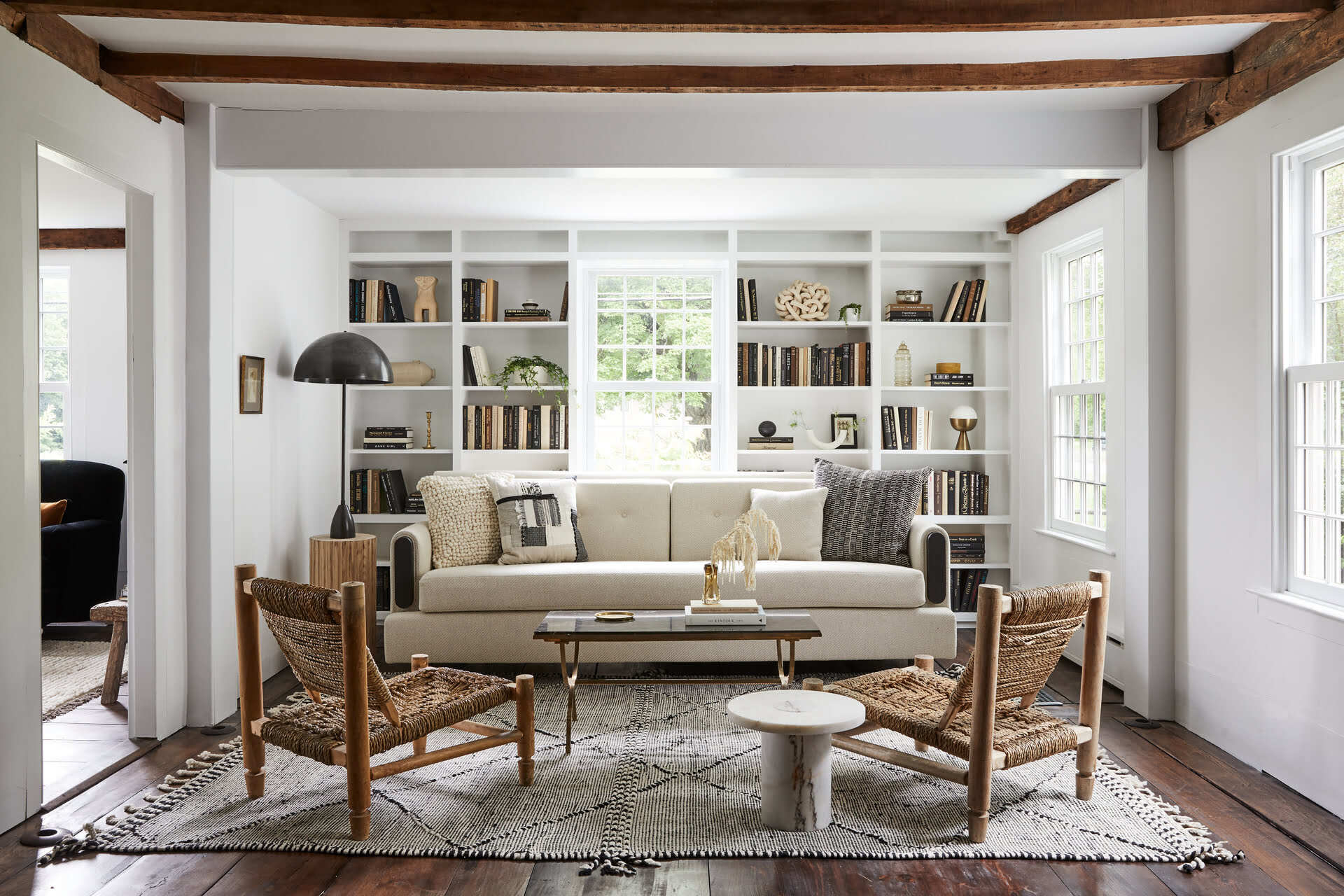
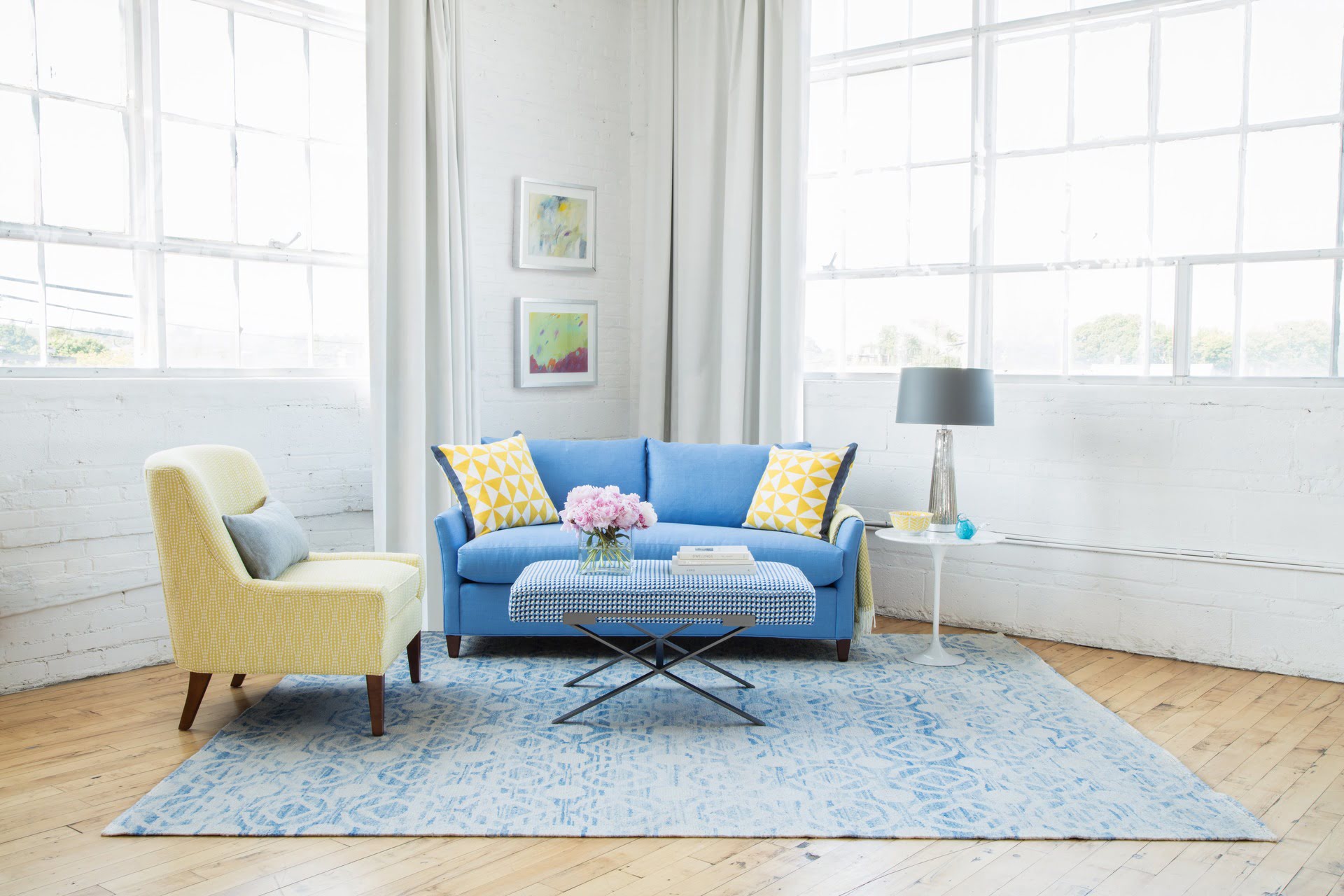
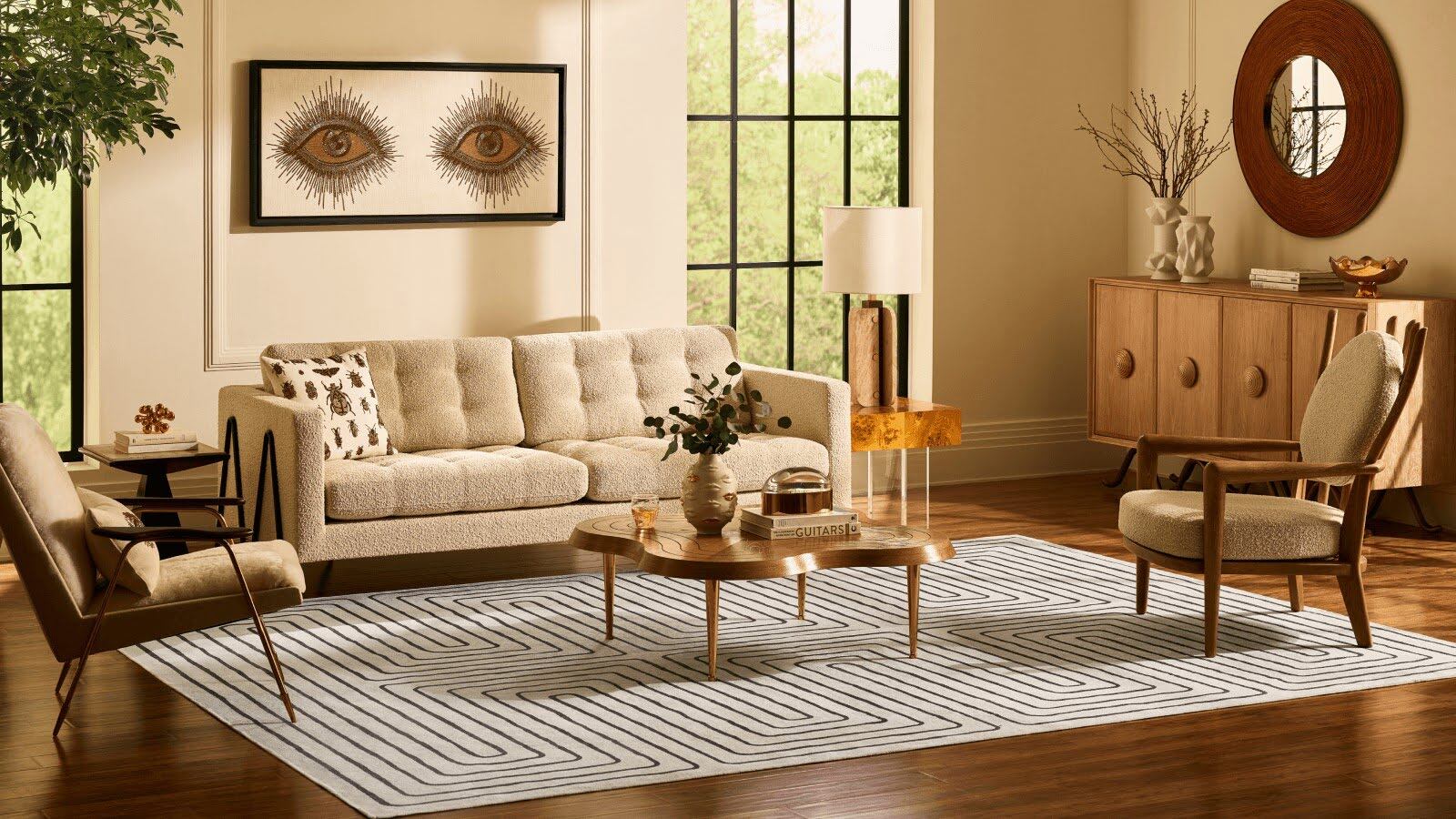
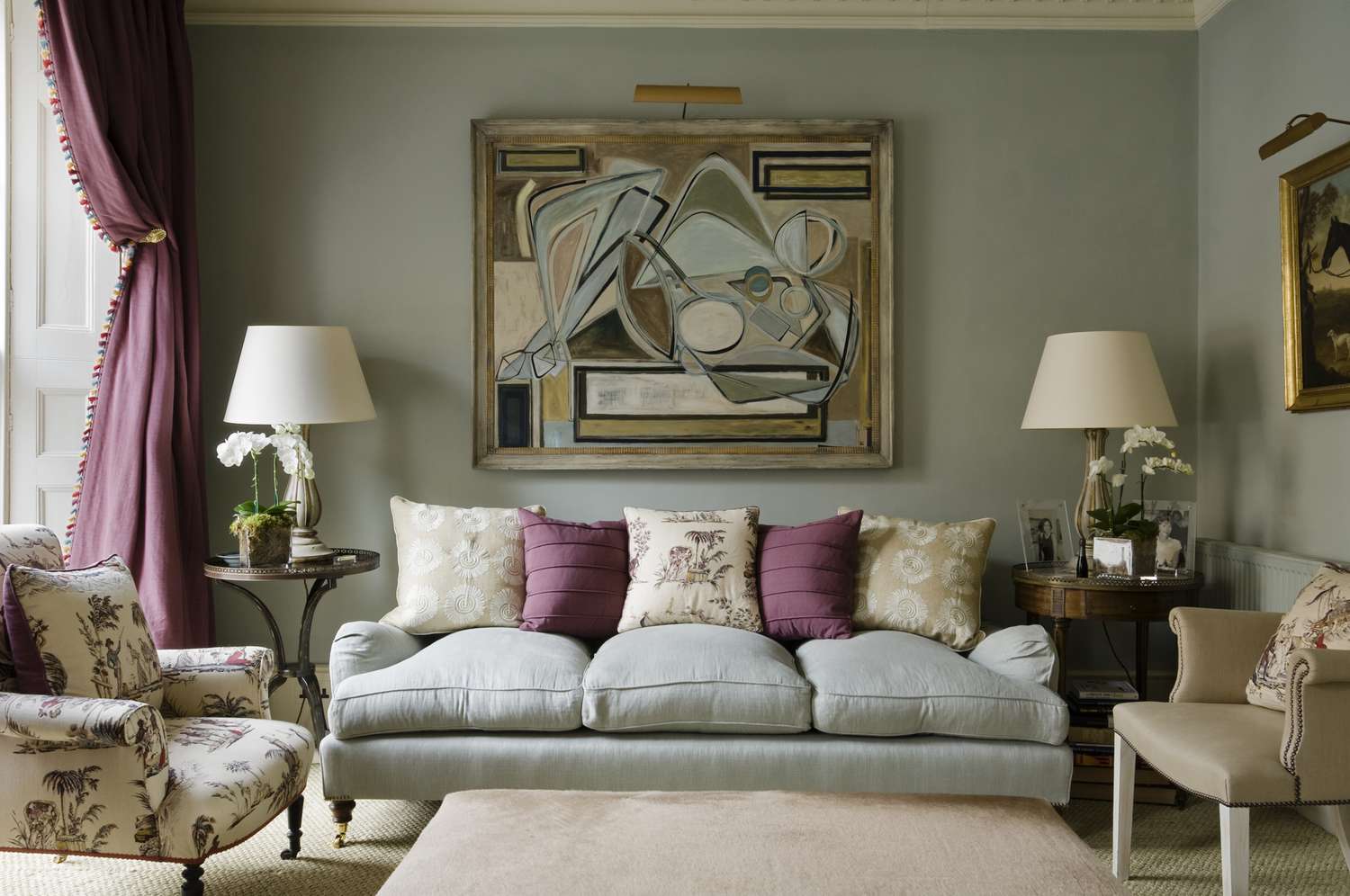
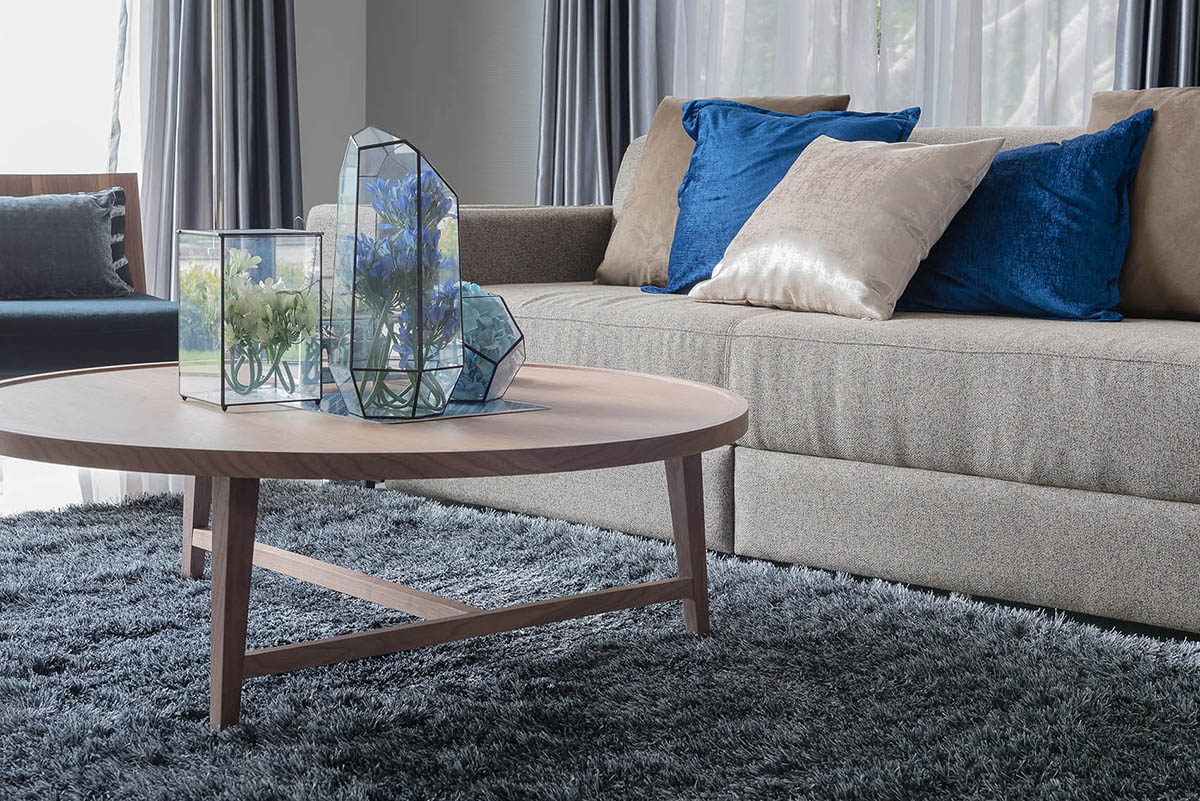
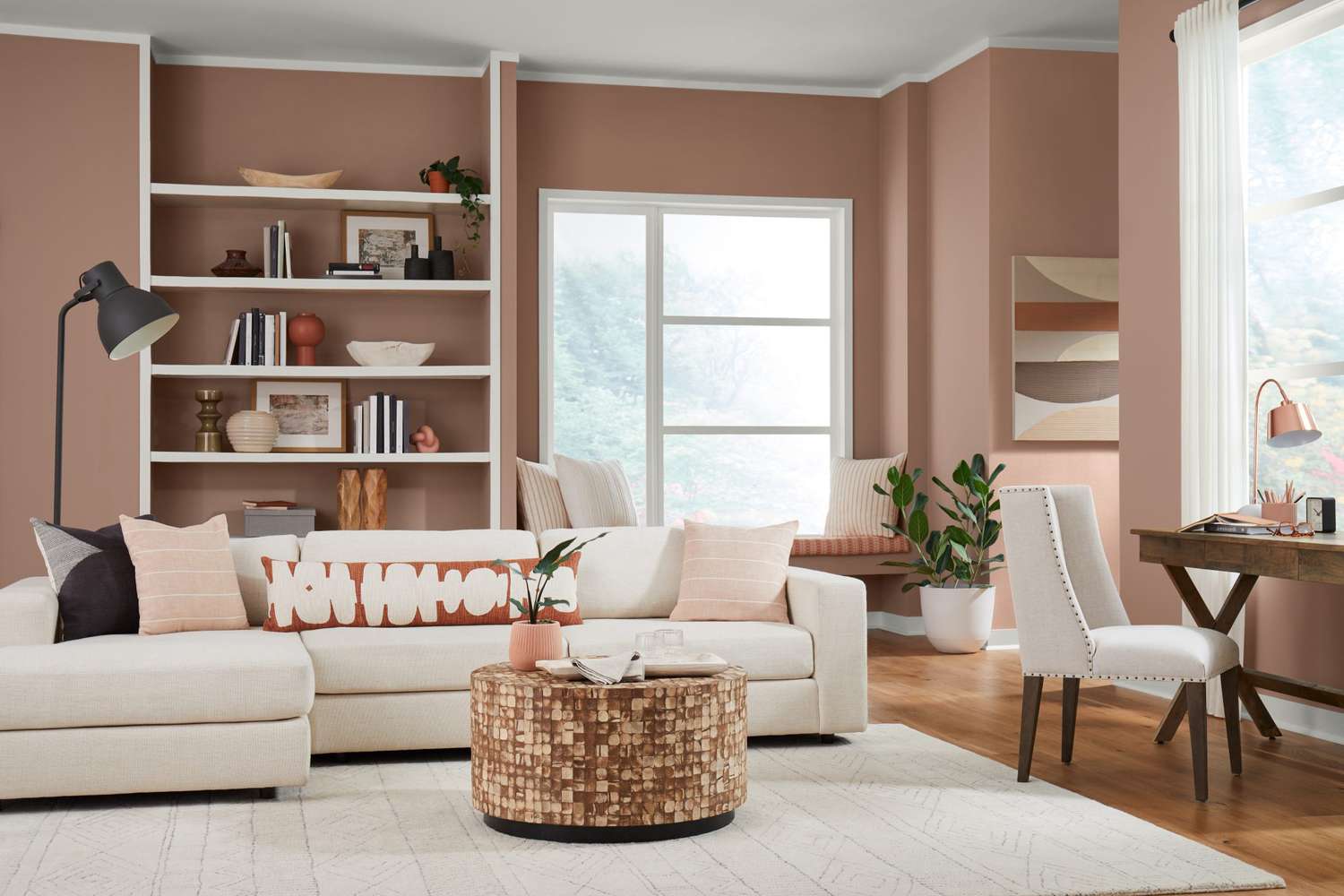
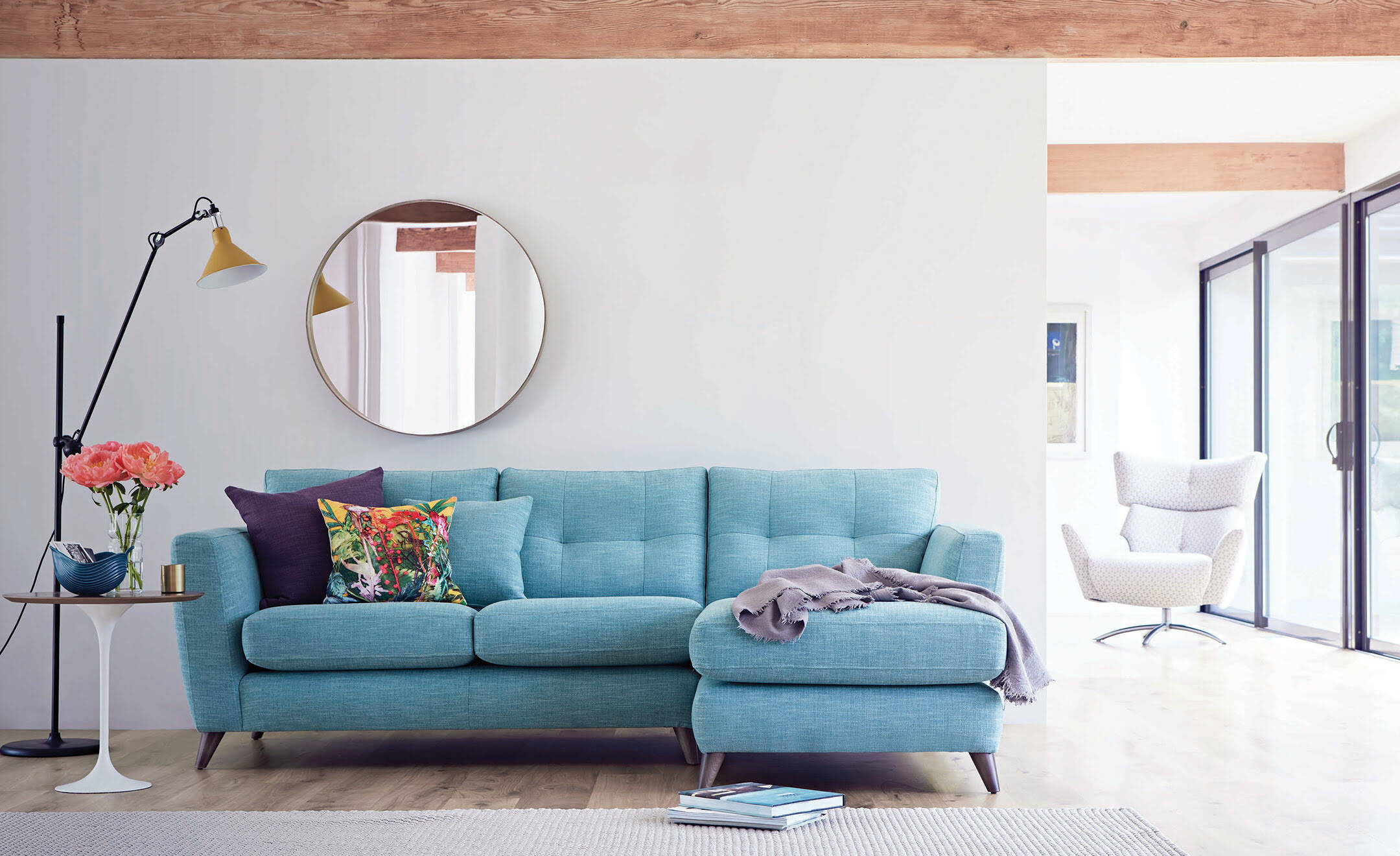
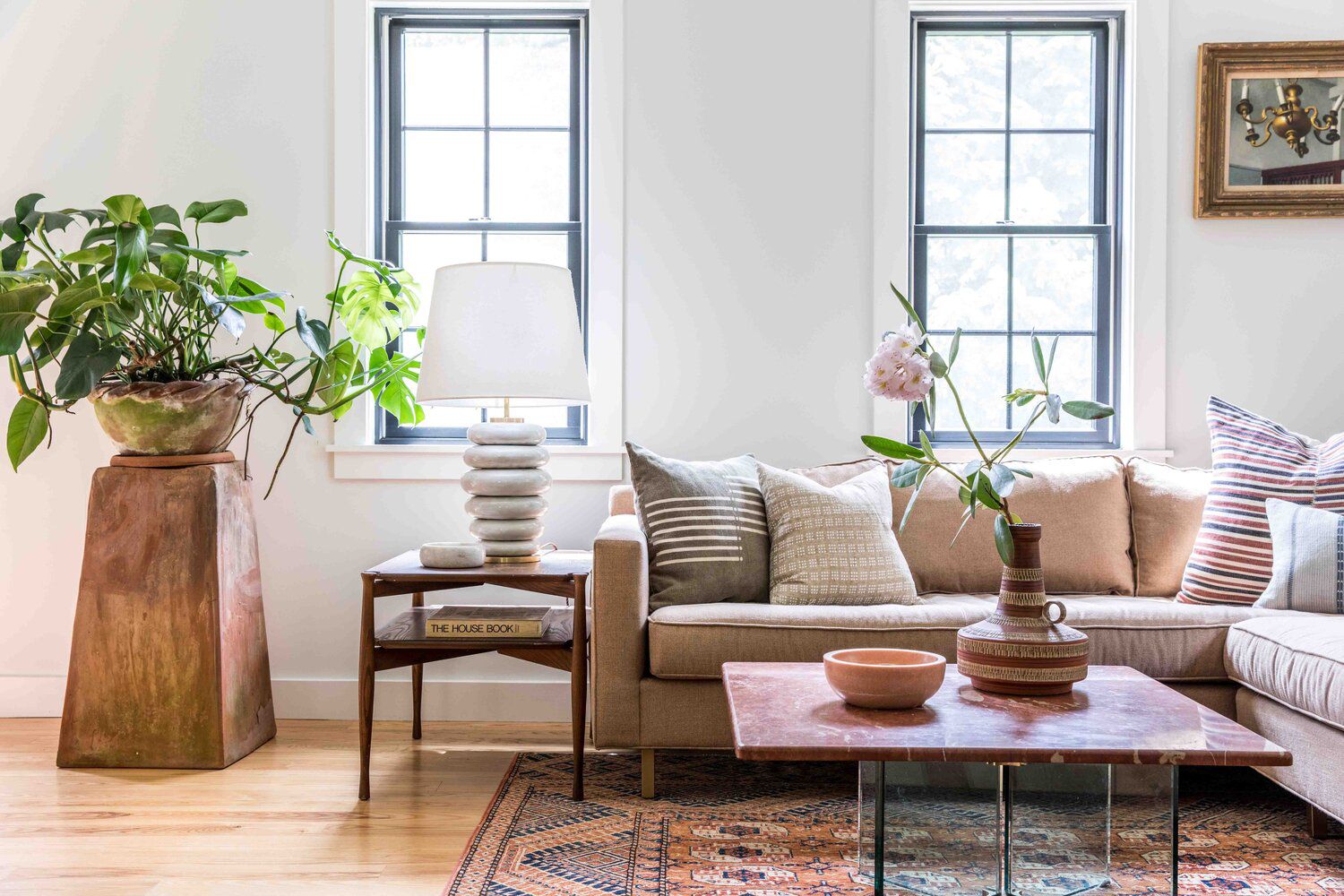
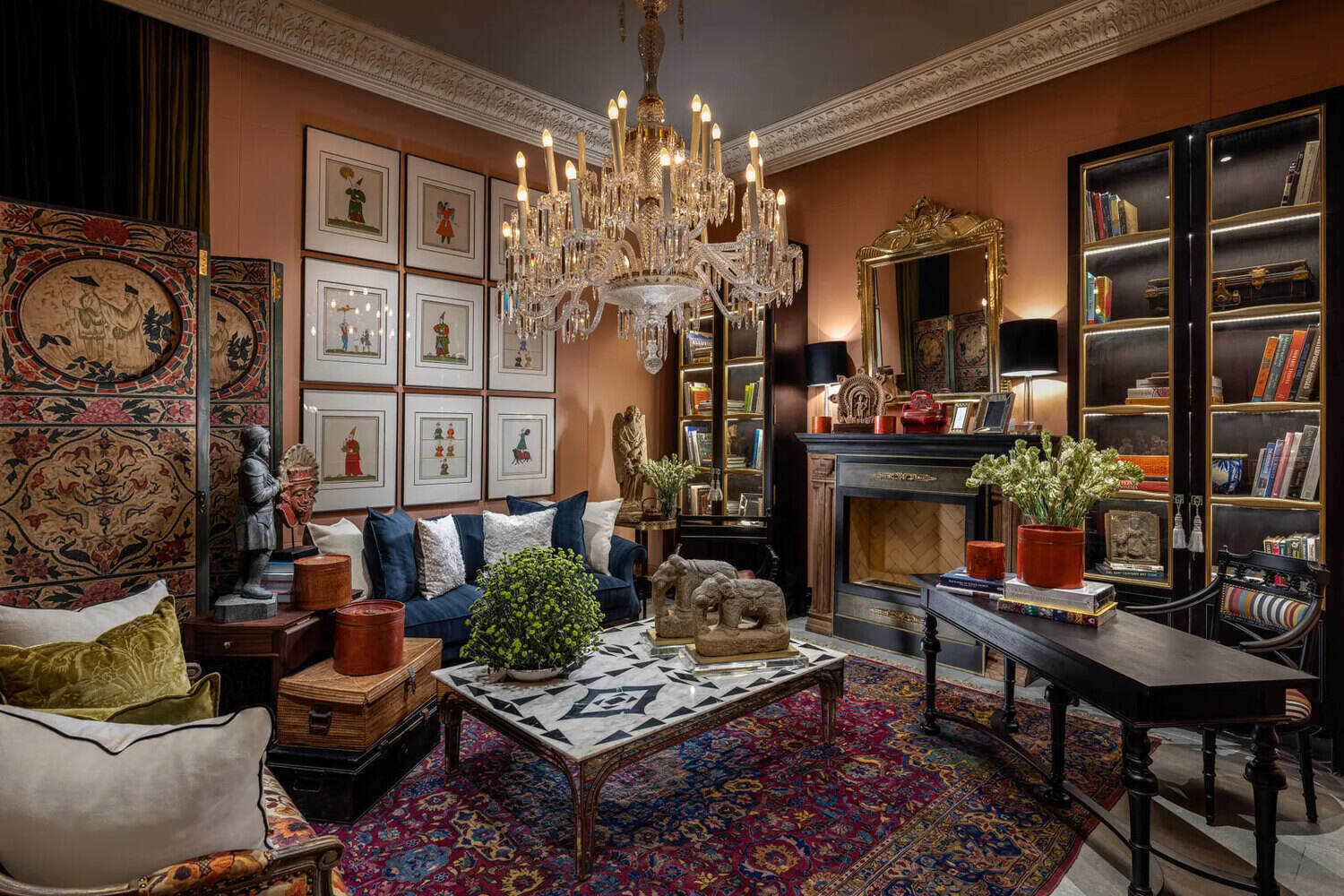
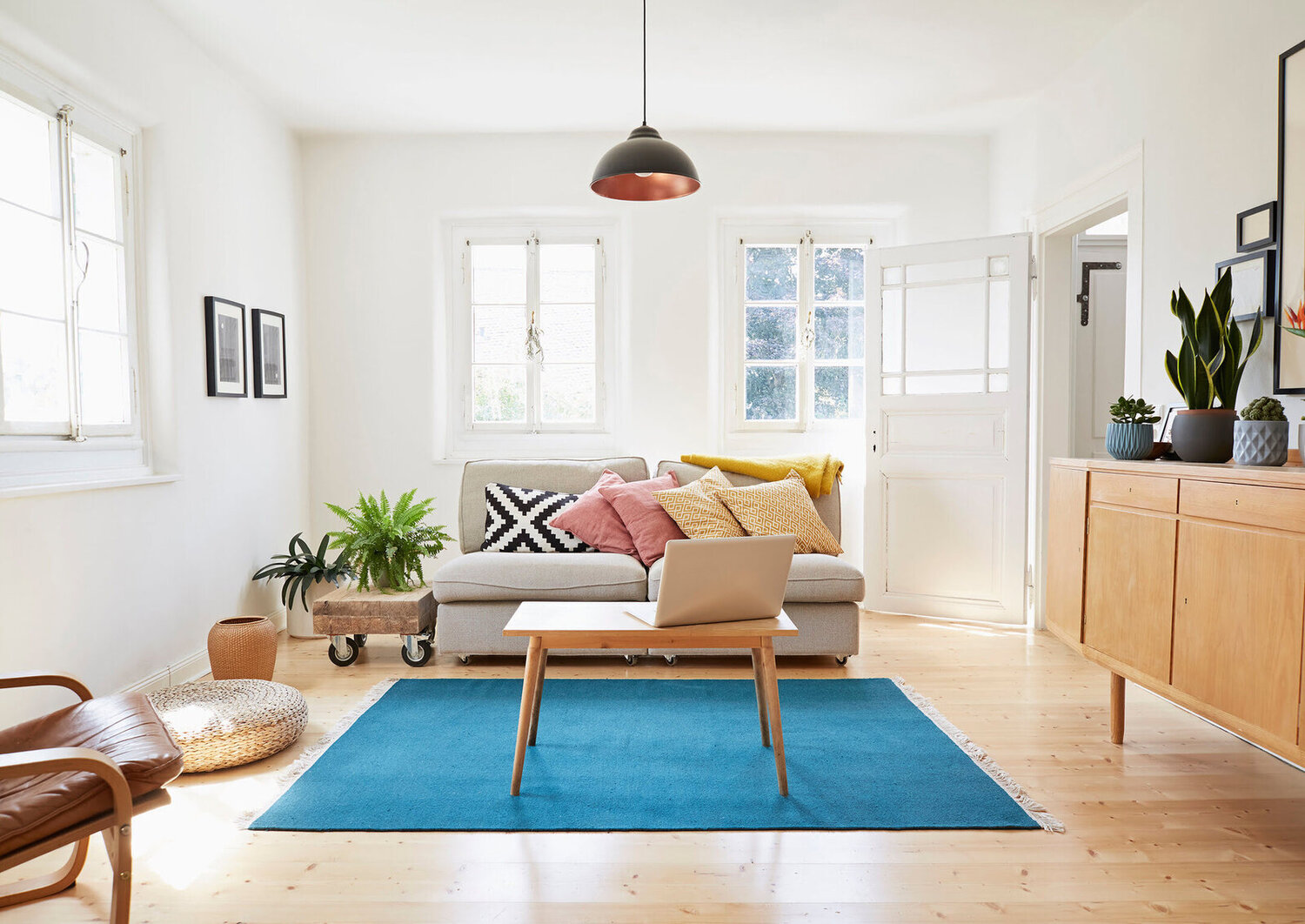
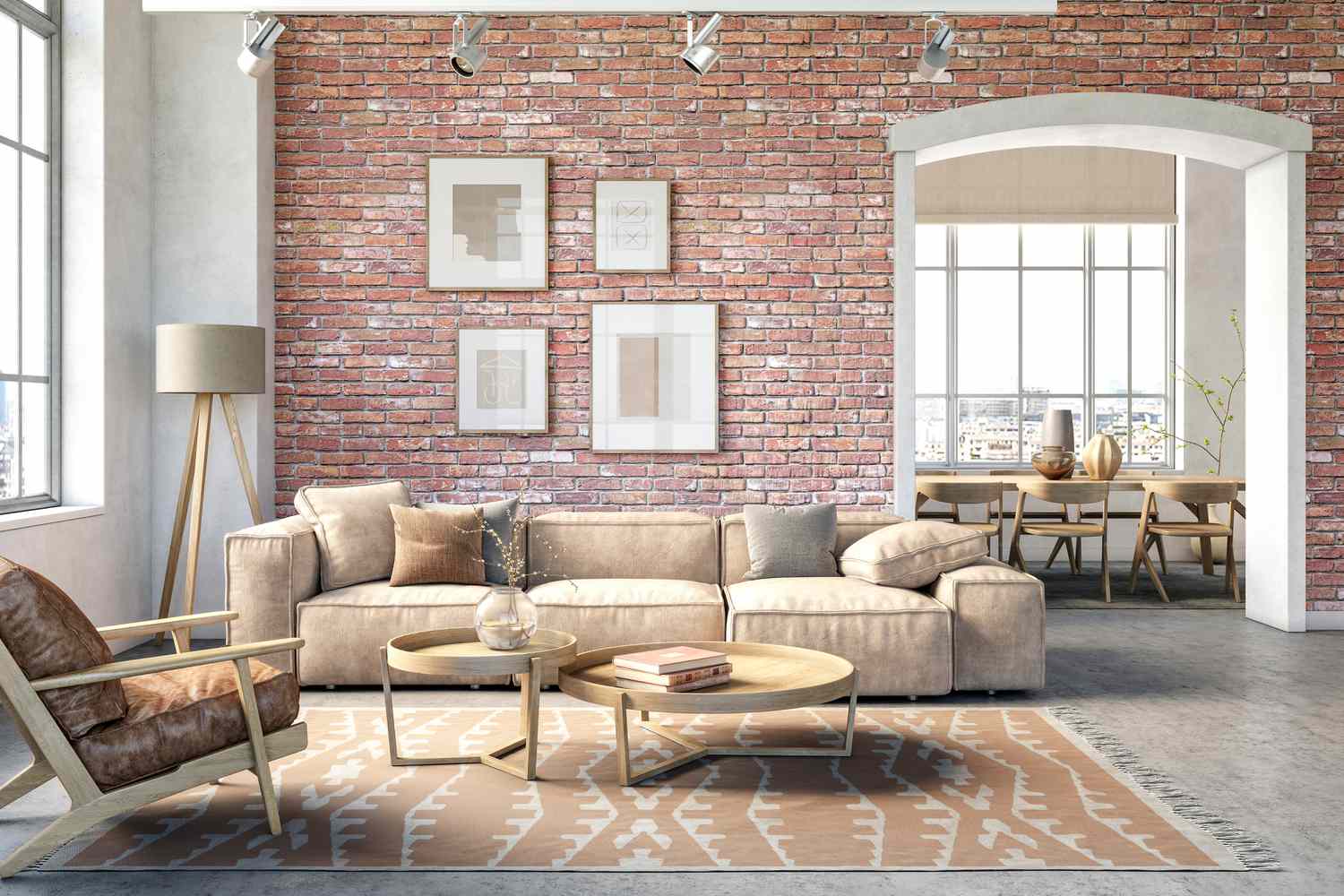
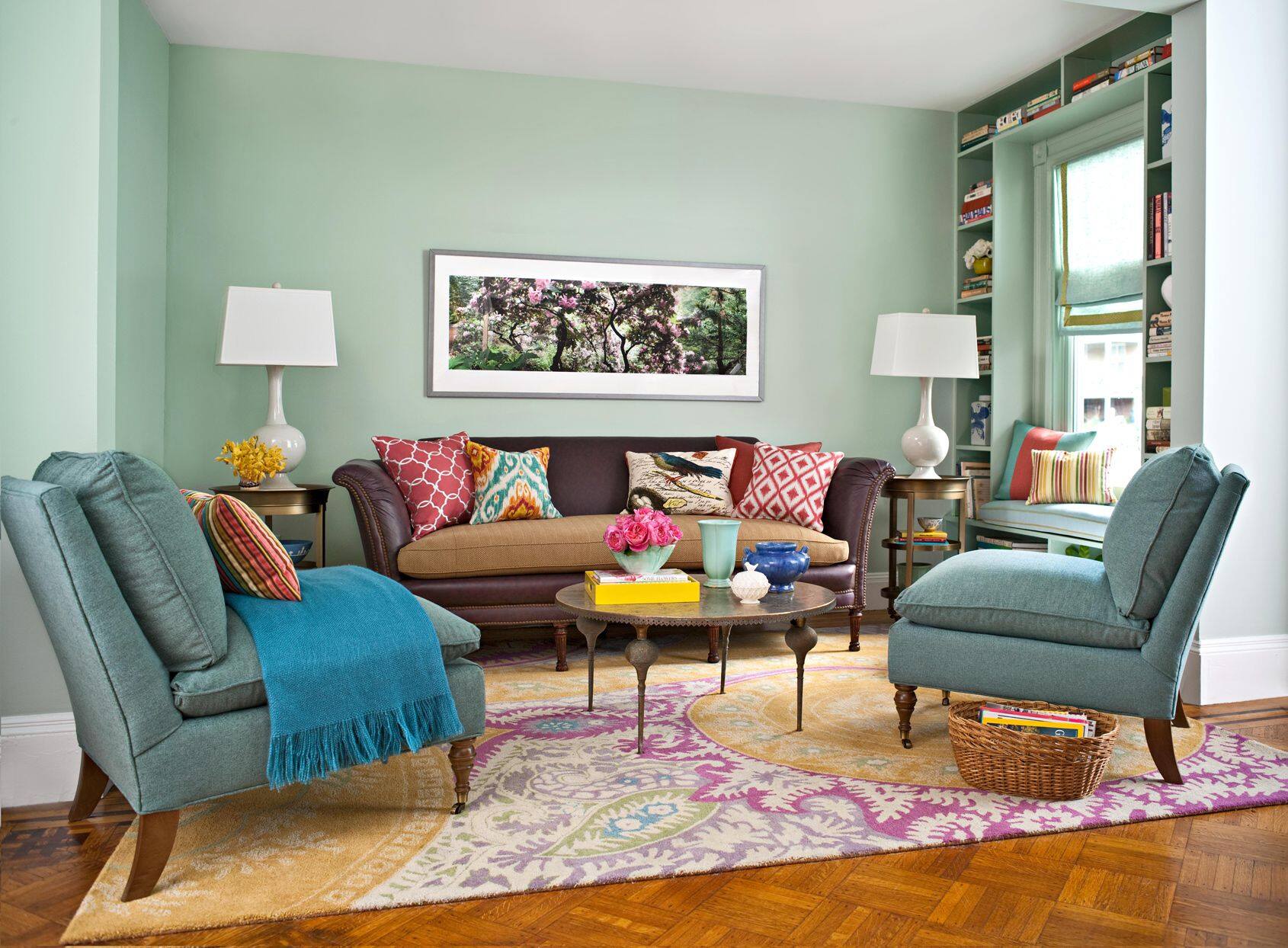

0 thoughts on “How To Choose A Color For Your Living Room”